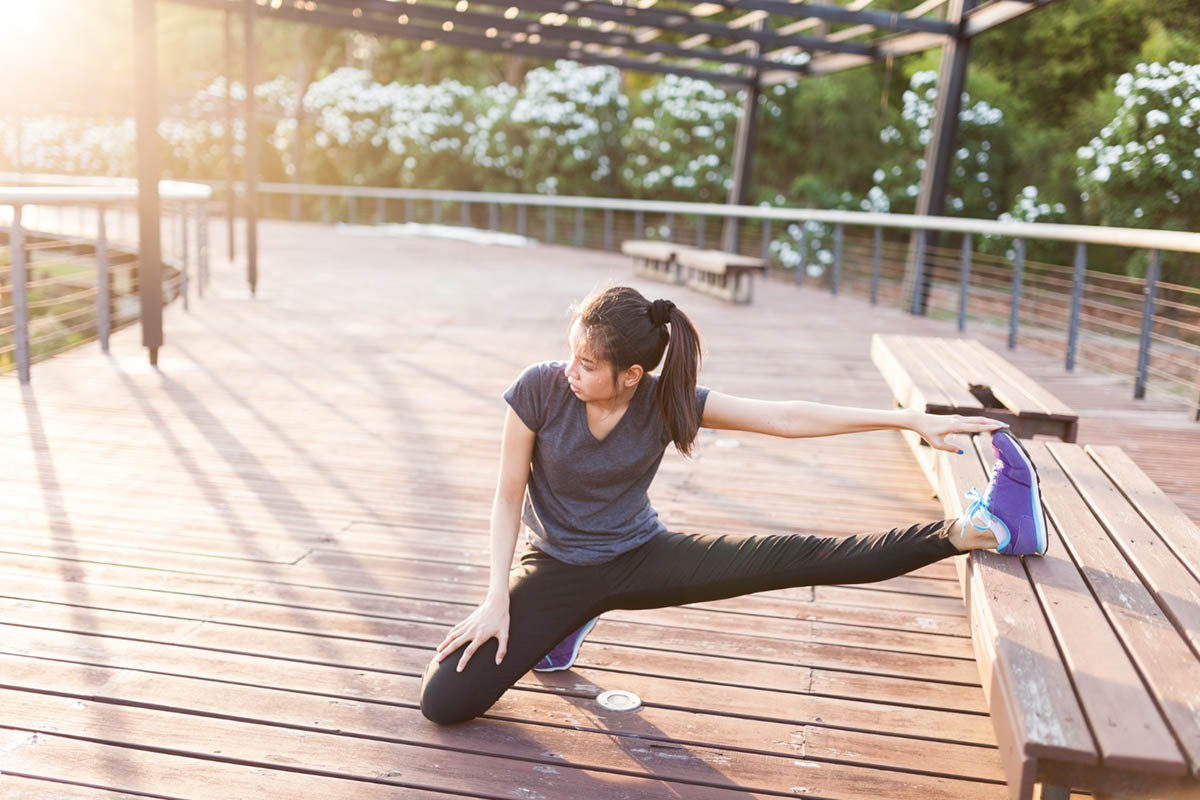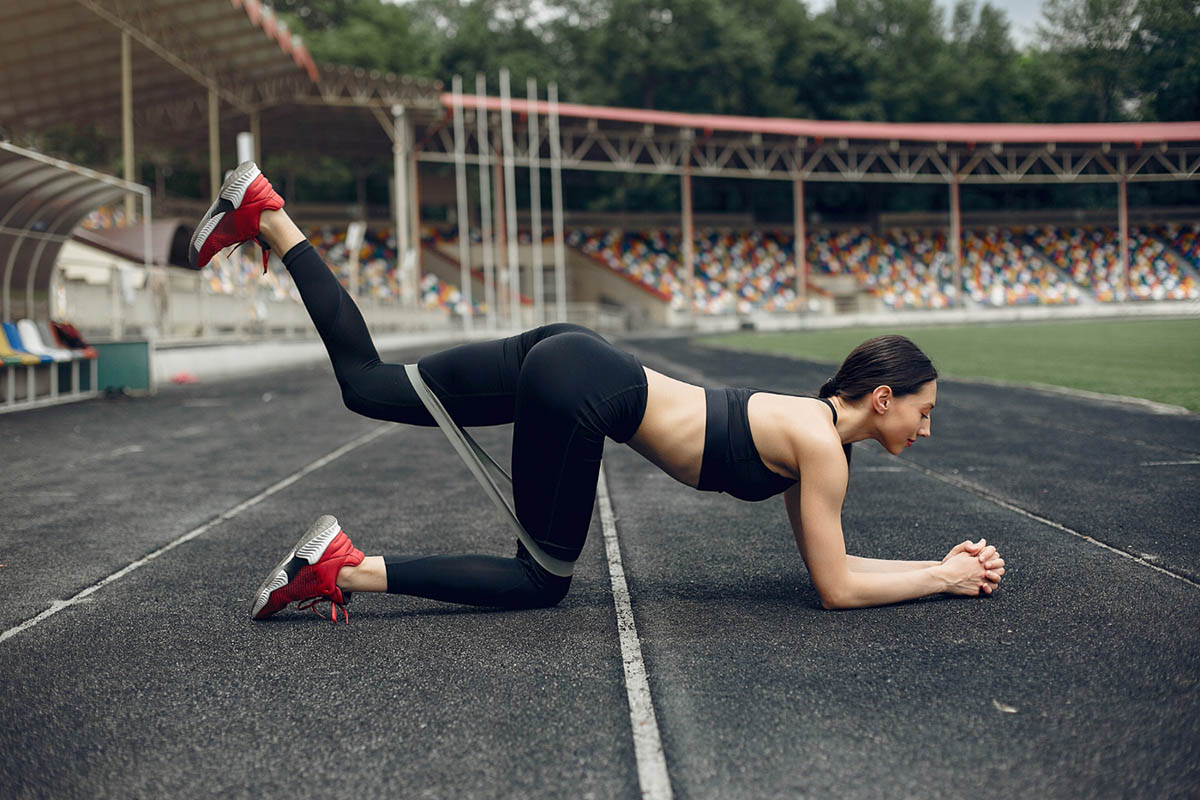
Introduction
In the demanding world of sports, the twin pillars of flexibility and mobility form a foundation for athletic excellence. Flexibility and mobility training are crucial for athletes who wish to excel in their sports while minimizing injury risks. This blog dives deep into how integrating stretches for flexibility and mobility into daily training routines can significantly boost performance and enhance quality of life.
Overview of the Importance of Flexibility and Mobility
Flexibility and mobility are essential to high-level physical performance, yet their roles are distinct and complementary. Flexibility refers to the muscle’s ability to elongate temporarily, addressing the range of motion exercise needs that vary from person to person. On the other hand, mobility concerns the ease of movement within joint ranges, emphasizing the differences between mobility and flexibility. Each component plays a pivotal role in the entire body‘s ability to perform functional movements that are crucial in both sports and daily life.
Understanding the difference between mobility and flexibility is key to addressing issues like tight muscles, muscle stiffness, and poor mobility, which can hinder an athlete’s performance and quality of daily movement. A mobility program that incorporates strength training, resistance bands, and body weight exercises can enhance muscular strength and improve body awareness, ultimately contributing to better health and performance.
Additionally, health care services may be necessary for those with a medical condition affecting their regular range of motion, further highlighting the importance of personalized mobility and flexibility strategies, especially as we age.
The Role of Flexibility in Athletics

In athletics, flexibility serves as a foundational element for optimal performance and prevention of muscle soreness and injuries. Flexible muscles and connective tissues allow athletes to achieve a wider and more varied range of motion, which is crucial for executing the dynamic movements required in many sports.
A well-designed flexibility regimen, which often includes the use of tools like rubber bands and resistance bands, can enhance these capabilities. This aspect of training not only supports athletic endeavors but also contributes significantly to the general well-being and functionality in daily life, particularly for those engaging in regular physical activities.
Definition and Importance
Flexible muscles are less prone to injury and are capable of performing movements with greater efficiency. An athlete’s ability to maintain muscle tissue health through regular flexibility exercises enhances overall muscle function and reduces muscle tension.
Types of Flexibility
- Static Flexibility: This involves the ability to hold a stretch at one end of a muscle’s range, improving the passive range of motion in the joints like the shoulders and hip flexors.
- Dynamic Flexibility: Essential for maintaining the normal range of motion during active movements, this type of flexibility relies heavily on dynamic stretching to prepare the body for the physical demands of sports.
- Functional Flexibility: Enhances the quality of functional movements necessary for routine activities, supporting the muscle through its entire range of motion without discomfort.
Contributions to Performance
By improving flexibility, athletes can achieve a wider range of motion, which enhances their performance capabilities. Flexible hamstrings and chest muscles, for instance, can dramatically improve running techniques and the ability to perform deep squats, respectively.
The Role of Mobility in Athletics
Mobility, often confused with flexibility, actually focuses more broadly on the ability to move freely and easily, encompassing not just the muscles but also the joints, ligaments, and other aspects of the musculoskeletal system. The difference between mobility and flexibility lies in mobility’s comprehensive approach, which includes the strength and coordination necessary to perform movements with full range and without pain.
This is particularly important for athletes who need to maintain or improve their performance levels across different sports. Effective mobility training, which may involve specific mobility drills, helps in maintaining healthy joint function and muscular balance, reducing the risk of injuries and enhancing overall athletic performance.
Definition and Significance
Mobility focuses on allowing the body’s joints to move freely across their entire range of motion. The definition of mobility includes not just the movement of muscles but also the health of connective tissues which are critical in supporting joint range.
Joint Mobility and Athletic Efficiency
Proper mobility minimizes the risk of joint pain and muscle stiffness, facilitating better blood flow and healthier movement patterns. The correlation to injury reduction due to improved joint mobility is significant, particularly in sports requiring high levels of physical activity such as football or tennis.
Sports Where Mobility is Crucial
Mobility is essential in sports that demand a high degree of articulation like gymnastics or swimming. These activities require athletes to have exemplary joint mobility to perform at peak levels without risking severe mobility issues or joint pain.
Key Flexibility Exercises for Athletes
Here are some of the best exercises for flexibility and mobility that will improve your athletic performance.
Dynamic Stretches
- Leg swings and arm circles: These enhance dynamic flexibility, preparing the muscles and joints for the range of motion activities that come with sports.
- Torso twists: This exercise improves the mobility of the spine, essential for sports that require turning and bending.
Static Stretches
- Hamstring stretch: Targets the back of the thigh, improving the flexibility for sports that involve running and jumping.
- Quad stretch: Helps reduce muscle tension in the front of the thigh, a common area of tightness in athletes.
- Calf stretch: Essential for athletes who use their lower legs intensively, improving passive and dynamic flexibility.
Tips for Increasing Flexibility Safely
- Always warm up thoroughly with dynamic warm-ups to prevent muscle stiffness.
- Hold stretches for a sustained period of time (15-30 seconds is ideal) to help the muscle adjust to its new length.
- Progress gradually with flexibility exercises to prevent overstretching and injury.
Key Mobility Exercises for Athletes
Exercises for Major Joints
- Joint rotations (articular rotations): These involve circular motion movements that promote synovial fluid production, lubricating the joints.
- Shoulders, Hips, and Knees: Perform stretches using exercise bands or foam rolling to target these ball-and-socket joints, crucial for maintaining range of motion.
Advanced Routines
- Functional Range Conditioning (FRC): This involves mobility drills that are specific to each joint’s role in mobility and flexibility.
- Use of tools like foam rollers: These help in breaking down soft tissue barriers and improving blood flow, crucial for healing and function.
Integrating Flexibility and Mobility Workouts into Training
Best Practices for Warming Up and Cooling Down
- Warming Up: This should include light cardiovascular exercises followed by dynamic stretches.
- Cooling Down: Should focus on static stretching to aid in recovery and prepare the muscles for the next level of physical activity.
Frequency and Timing of Flexibility and Mobility Workouts
- Frequency: Incorporate these exercises into daily routines to maintain and improve joint and muscle health.
- Timing: Post-workout is ideal for static stretches, while dynamic stretches are best before starting a workout.
Tailoring Exercises to Specific Sports

- Sport-Specific Focus: Customize mobility exercises to fit the movements specific to the sport you engage in to enhance functional effectiveness.
- Incorporate Movement Patterns: Include movement patterns that are recurrent in the sports discipline that you focus on.
- Consult Professionals: A mobility coach or health professional can provide tailored advice and exercises, ensuring optimal performance and safety.
Benefits of Regular Flexibility and Mobility Training
- Enhanced Performance: Directly contributes to faster, stronger, and more agile movements in sports.
- Injury Prevention: Significantly lowers the chances of injuries during sports and physical activities.
- Improved Recovery and Reduced Soreness: Facilitates faster recovery post-exercise, enabling athletes to perform consistently at high levels.
Elevate Your Game with Scottsdale PT: Master Flexibility & Mobility for Peak Performance
At Scottsdale Physical Therapy and Performance, we are dedicated to elevating your sports performance through expert-guided flexibility and mobility workouts. Our targeted approach not only enhances your athletic abilities but also focuses on injury prevention and long-term wellness.
Beginning with a comprehensive physical therapy evaluation, our team develops a personalized training regimen that integrates cutting-edge techniques and therapies to optimize your physical capabilities. Through targeted flexibility and mobility training, athletes can reach new heights in performance with the expert guidance of Scottsdale PT.
Conclusion
To maintain and enhance athletic performance, integrating structured flexibility and mobility training into daily routines is essential. These practices not only improve sports performance but also enhance everyday functional ability and overall quality of life.
FAQs
How do flexibility and mobility affect our body?
They play a critical role in maintaining healthy movement capabilities and reducing the risk of injury.
What is the meaning of flexibility in life?
It means having the capability to perform daily activities with ease, supporting a healthy lifestyle.
What is one benefit of being flexible?
One significant benefit is the reduced risk of injuries and enhanced ability to perform various physical tasks efficiently.









